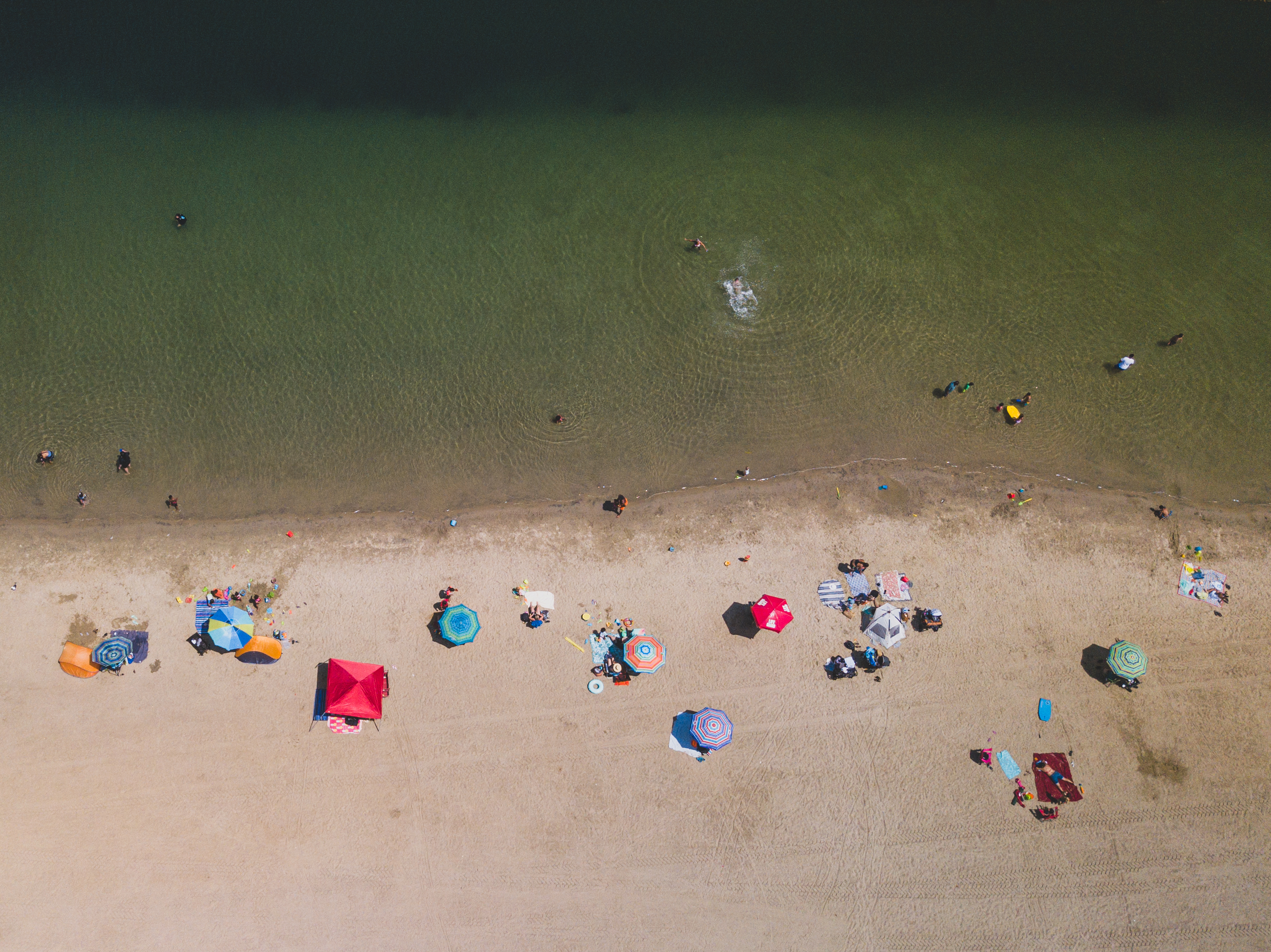Thesis Abstract:
As apex predators, killer whales (Orcinus orca), can have large impacts on ecosystems through top-down predation. In the North Pacific, three genetically distinct ecotypes exist that differ in diet, range, morphology, and vocal behavior. Killer whales are known to occur in the Chukchi Sea but, few data exist regarding ecotypes present. Since killer whale ecotypes differ in vocal behavior, they can be distinguished based on call type, call rate, and bandwidth. An Autonomous Underwater Recorder for Acoustic Listening (AURAL) device was deployed 75 km off Point Hope, Alaska in the southeastern Chukchi Sea to identify which killer whale ecotypes were present in this region. A total of 1315 killer whale calls were detected on 38 days during the summers of 2013 to 2015. Calls were manually grouped into six categories based on the general call contours: multi-part, downsweep, upsweep, modulated, single modulation and tonal. The majority of detections were tonal calls (n = 607, 46%), and multi-part calls (n = 351, 27%) that contained high frequency and low frequency components. Comparison of the current call dataset with published literature showed similarities in peak frequency with other transient populations. These results indicate occasional presence of transient killer whales in the southeastern Chukchi Sea. This study provides the first comprehensive, catalogue of transient killer whale vocalizations in this region.













